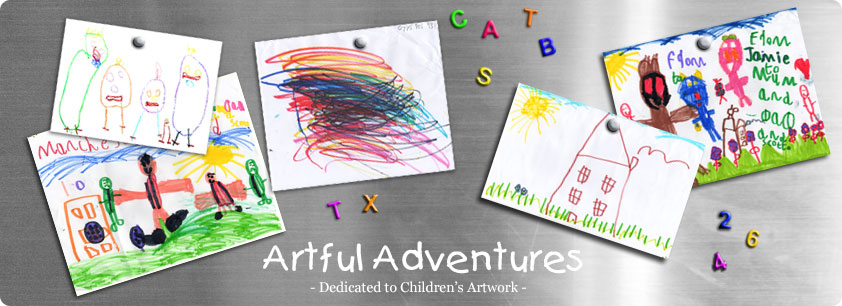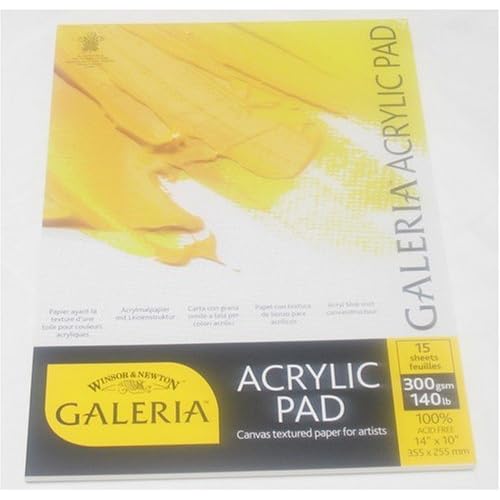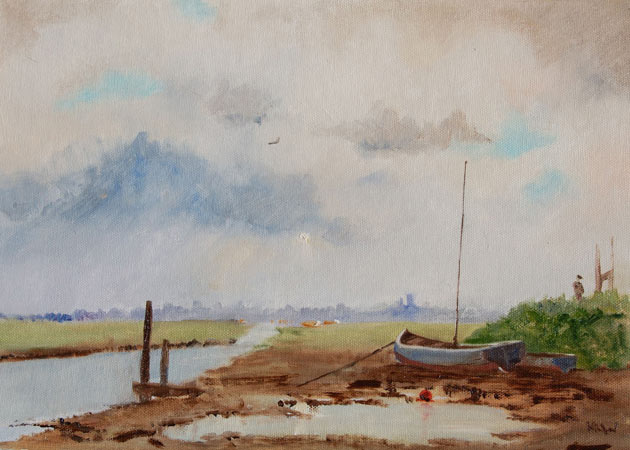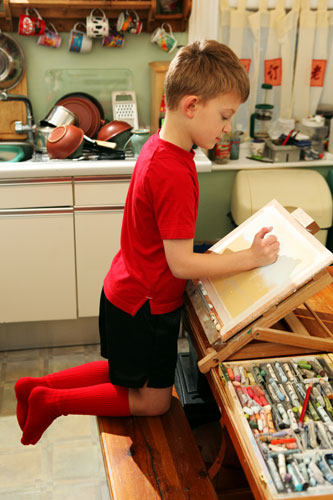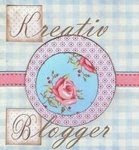`
I am introducing a new regular informative series to Artful Adventures on the subject of Art materials - I'm not sure yet quite how regular this will be, but there are lots of art materials out there, with new ones being introduced all the time so there's plenty of material to go at (no pun intended). I thought I'd kick off with canvas, the most traditional ground for painting, which has undergone such a surge of popularity in recent years.
Canvas, when used as a support for painting, is usually stretched tightly across a wooden stretcher. Traditionally, these canvases were then framed, though the fashion today is usually to leave them unframed. Because it was a linen or cotton canvas (the old masters often used hemp which is no longer available) a natural material which will absorb moisture from the air and lose tension over time, canvases were designed to have the capacity to be tightened further at a later date by knocking in small wedges to the corner joints at the rear of the canvas. Following stretching, the traditional manufacture of a stretched canvas involves painting a coating of glue size over the natural canvas fabric, followed by several coats of primer. This is to prevent the paint soaking into the material which can ultimately cause it to rot over time. The primer also gives a bright white background to paint on, giving subsequent paint layers greater brightness and luminosity. It can also give a smoother surface, though part of the attraction of canvas today is its textural quality. The disadvantage of canvases, especially large ones, apart from the tendency to sag over time, is that they can warp or twist. The quality of the stretcher itself is therefore important. The wood needs to be strong and well-seasoned and the frame needs to have enough bracing to prevent distortion. Lots of this I have learned by experience - I now only buy quality stretchers for
Artful Kids, and have moved to using a polyester based canvas for printing which is less prone to sagging, as it does not absorb moisture. For painting, the best quality canvases are made using linen, but this is quite expensive, so most of what is available cheaply and ready made will be cotton, though this is less stable and can be prone to mildew.
As with most things, you can make your own canvases from scratch - I was taught how to do this at art school, but my canvases always seemed to be a bit skew-wiff (I don't have brilliant woodworking skills). However if you are after a size of canvas that is not easily available, you can buy the stretcher bars and braces separately (with pre-cut joints), knock them together and stretch your own. Getting even tension across a large canvas can be tricky however and takes practice. For standard and especially smaller sizes, it is generally no cheaper to make your own than to buy ready made, especially if you're not too concerned about the quality. Buying in bulk also cuts down the cost if you are doing some work with a group of children.
Of course canvas doesn't have to be stretched, and unstretched it takes on more of the character of a textile hanging - this too has a history. During the medieval and Tudor periods, if you couldn't afford to have a genuine tapestry on your wall, you'd hang a 'stained' - or painted linen hanging on your wall instead. At a later date painted and stencilled cloths were also used on the floor as an early form of cheap carpet, and the forerunner of linoleum. When painting on unstretched canvas, you have to restrict yourself to thinner layers of paint to prevent cracking and flaking, unless you are using purpose designed fabric paints.

The current popularity of canvases means that you can pick up ready stetched and primed canvases pretty cheaply these days, especially in smaller sizes, but though you may occasionally let your children loose on one, it would be extravagant to let young children them use them all the time. They're good to use for special occasions, and also for those simple but effective techniques where you can't really go wrong, and are most likely to produce an effective result (for example hand and footprints, splatter painting etc) that you intend to hang on a wall. However, I recently came across a product at the
Early Learning Centre which allows your child to paint on canvas on a regular basis, and wash it when you want to use it again. It did occur to me that as it appeared to be nothing more than a 1m square of canvas fabric that has been hemmed at the edges, this would be very easy to make yourself, but possibly they have treated it in some way to become stain resistant. (I'm afraid I have an almost reflex action when looking at anything I like, that automatically causes me to consider whether I could make it myself. Being brought up in an 'economically challenged' family was a great stimulus to my creativity!) The advantage with this is that if your 2 year old does unexpectedly create a masterpiece, you can keep it unwashed and hang it on the wall, or even have it stretched perhaps. After all for £10 it's not particularly expensive.
If you want the textured effect of canvas, but are not particularly interested in the bulk of a stretched canvas, then you can buy
canvas board -
- this is essentially a hardboard base with a white primed canvas style surface. It feels different to paint on, as it does not have the same 'give' or flexibility as a stretched canvas, but at times this might be an advantage. Canvas board has the advantage also that if the size is appropriate, instead of hanging it on the wall, you can add some felt to the back and use it as an artistic place mat. Again you can make your own canvas board much more cheaply, but you have to weigh up whether the extra hassle is worth it.
For sketches and preliminary work or where you want the effect of canvas without too much hassle or expense, there are the pads or blocks of paper designed for oil and/or acrylic work.
Canvas paper
has a linen effect texture which can be used quite effectively with pastels, crayons and charcoal as well as with paint. A sheet can always be mounted or glued onto board if more support is required.
Finally of course, if all else fails, you can always cheat and ask me to put the masterpiece your child has produced on paper, onto canvas. This has the added advantage that it will be presented at its best, with all those creases, smudges and tears removed. Visit
Artful Kids for full details.
This is only intended to be a very basic introduction to canvas as an art material - hopefully I haven't bored everyone rigid, but for anyone with a more serious interest in finding out about canvas as a painting support, there is of course lots more material out there on the internet. A few examples are given here:
Making a Hand Made Canvas for Painting on
How to Prime and Stretch a Canvas
The Artist's Canvas
